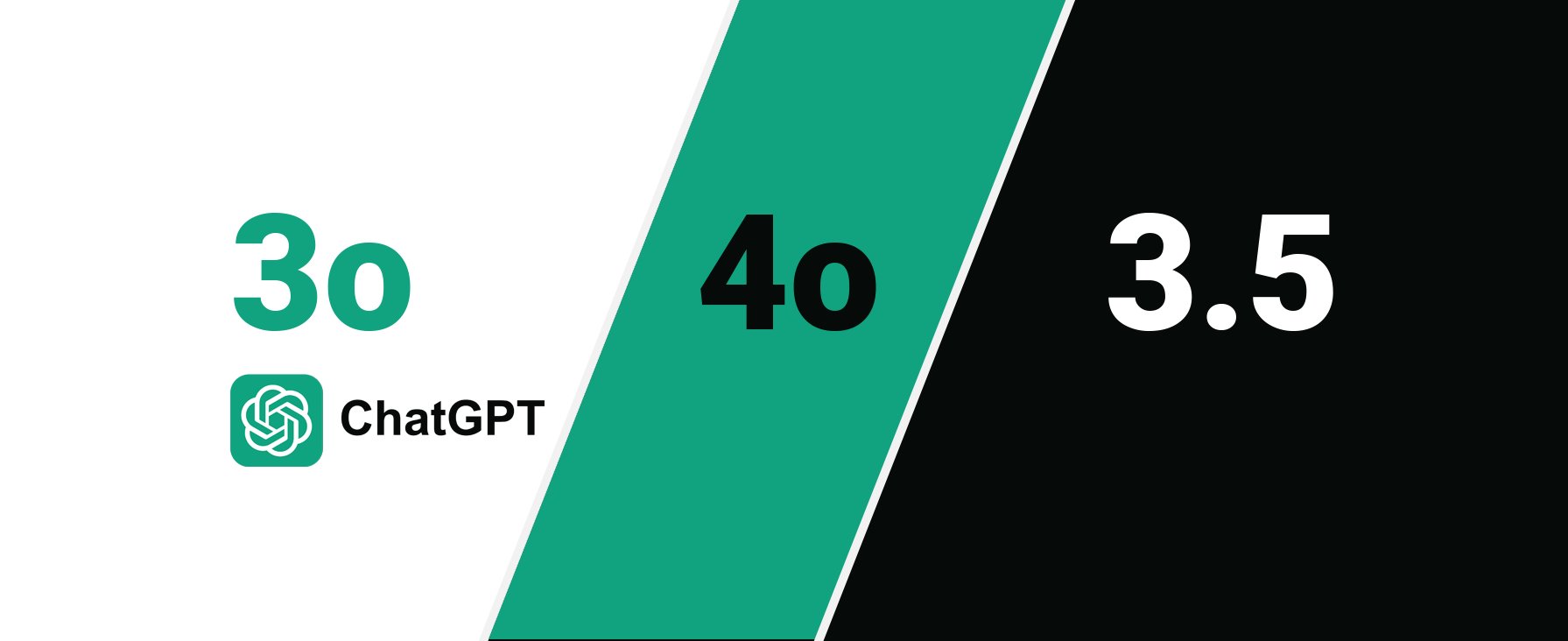Meet ChatGPT-3o
ChatGPT-3o is OpenAI’s latest conversational AI model, released in 2024. It builds on the strengths of GPT-3.5 and GPT-4, offering a significant upgrade in performance, reliability, and human-like interaction. It's designed to be more accessible and responsive while reducing the cost barrier for individuals and businesses alike.

1. It’s Smarter and More Accurate
ChatGPT-3o significantly minimizes "hallucinations" (confidently incorrect answers), thanks to improved model fine-tuning and longer memory windows. It can better track multi-turn conversations, recall earlier points more consistently, and respond with domain-specific knowledge in a more structured way.
In technical fields like programming, mathematics, or law, accuracy is critical. GPT-3o’s refined training makes it a more trustworthy assistant for research and learning.
2. It’s Faster and More Efficient
Built with optimizations under the hood, ChatGPT-3o delivers significantly lower response latency than its predecessors. This matters for real-time use cases: customer support bots, live tutoring, and AI-enhanced collaboration tools now operate with virtually no lag.
Developers report smoother integration experiences and better responsiveness when embedding ChatGPT-3o into applications via OpenAI’s API.
3. It Feels More Human
ChatGPT-3o has improved tone adaptation—switching from professional to casual, empathetic, or humorous depending on context. It better understands emotional nuance and conversational flow, which enhances both customer service and creative writing applications.
You can now ask for poems, jokes, or mock interviews, and the responses feel less mechanical and more engaging.
4. A Lifesaver for Coders
From writing Python scripts to refactoring legacy Java code, GPT-3o excels at software development support. It understands user intent more clearly and produces cleaner, modular code snippets. Developers benefit from:
- Better support for edge-case debugging.
- Enhanced understanding of API documentation.
- Ability to maintain state across complex coding conversations.
GitHub Copilot users are also seeing improved completions through models powered by GPT-3o.
5. It’s Cheaper to Use
One of the most praised upgrades with GPT-3o is its reduced cost-per-token when accessed via the OpenAI API. With similar or better performance than GPT-4 in many scenarios, it enables:
- Budget-friendly deployments for startups and small businesses.
- More educational institutions using it in learning platforms.
- Nonprofits and indie developers now accessing state-of-the-art AI.
It’s a strategic move that democratizes advanced AI access beyond enterprise users.
The Future of AI?
GPT-3o may not be AGI (Artificial General Intelligence), but it's a huge step toward more natural and useful machines. With better memory, adaptability, and understanding of human intent, the future of AI-assisted workflows is becoming mainstream.
The next frontier likely includes more agent-like behavior: models that can autonomously complete tasks, connect to tools, browse the web, or perform file operations in safe, sandboxed environments.
For now, GPT-3o is a solid upgrade—and perhaps a preview of what’s coming next.